Dataset Entries from this Author
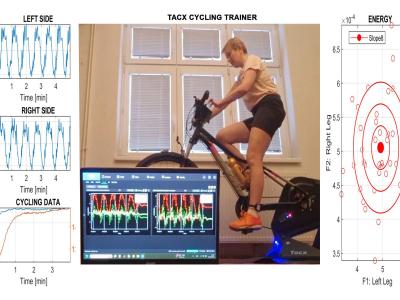
Motion analysis provide important information in rehabilitation, performance evaluation, and movement symmetry assessment, with applications including neurology, biomedicine, surgery, and sports monitoring. The integration of wearable sensors and signal processing forms a robust interdisciplinary platform for such analysis. Specific methods are based on monitoring physiological and motion responses during controlled exercises that simulate real-world motion scenarios.
- Categories:
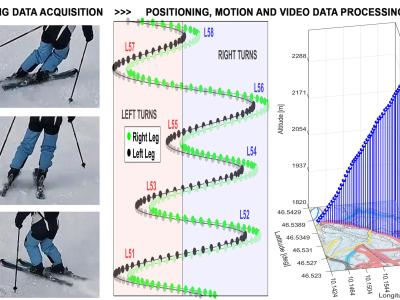
The integration of wearable sensors with artificial intelligence forms the base for analyzing physical activities through digital signal processing, numerical methods, and machine learning. Computational intelligence and communication technologies enable personalized monitoring, training, and rehabilitation, with applications in sports, neurology, and biomedicine. This paper focuses on motion analysis in alpine skiing using real accelerometric, gyroscopic, positioning, and video data to evaluate ski movement patterns.
- Categories:
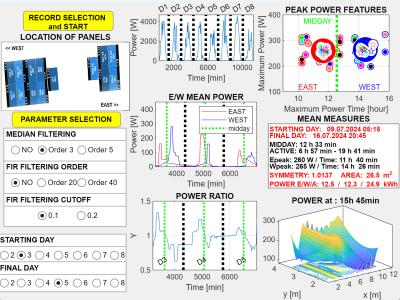
Solar photovoltaic (PV) systems are increasingly recognized as crucial sustainable energy sources with diverse applications. Their implementation leverages rapid advancements in material engineering, communication systems, and computational intelligence tools. This paper focuses on mathematical methods for signal analysis, including multichannel signal processing, optimization methods, and feature evaluation, to monitor PV systems with panels situated in a specific coordinate system.
- Categories:
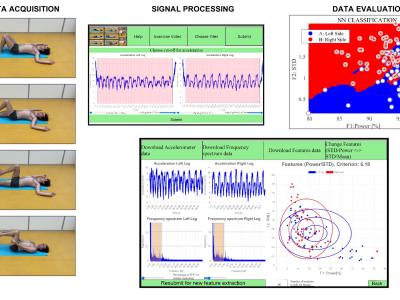
Individual physiotherapy is a significant part of the treatment for patients experiencing various forms of pain and health issues. Recent research shows rehabilitation as an important part of therapy for those with abdominal wall defects. It also plays a crucial role in chest surgery, by helping optimize preoperative assessments and postoperative rehabilitation strategies essential for successful surgery outcomes. With recent technological advancements, new tools have become available to healthcare professionals.
- Categories:
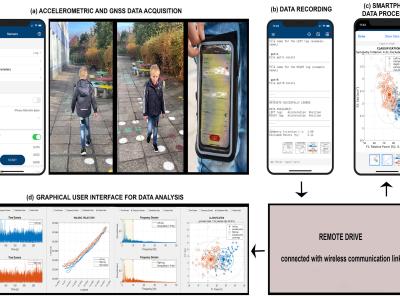
The study of motion data acquisition by wearable sensors and subsequent processing is a crucial research area with significant implications in monitoring physiological motion, identifying gait disorders, and classifying motion patterns, which is particularly relevant in pediatrics, neurology, and rehabilitation. This paper presents the utilization of accelerometric data to evaluate body motion symmetry in children, taking into account various factors such as age, diagnosis, and gender.
- Categories:

Motion analysis forms a very important research topic with a general mathematical background and applications in different areas including engineering, robotics, and neurology. This paper presents the use of the global navigation satellite system (GNSS) for detection and recording of the moving body position and the simultaneous acquisition of signals from further sensors. The application is related to monitoring of physical activity and the use of wearable sensors of the heart rate and acceleration during different motion patterns.
- Categories:
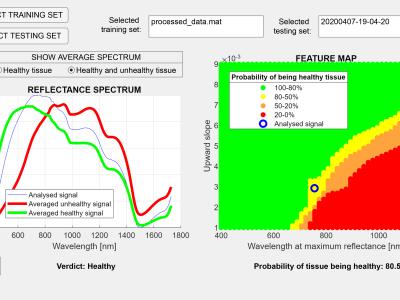
Oral health problems are closely associated with the analysis of dental tissue changes and the stomatologic treatment that follows. The associated paper explores the use of diffuse reflectance spectroscopy in the detection of dental tissue disorders. The data set includes 78 out of 343 measurements of teeth spectra in the wavelength range from 400 to 1700 nm. The proposed methodology focuses on computational and statistical methods and the use of these methods for the classification of dental tissue into two classes (healthy and unhealthy) by estimating the probability of class membership.
- Categories:
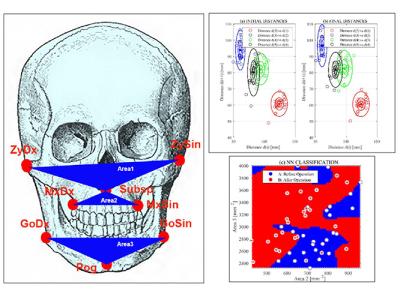
Anthropometric studies focusing on facial metrics and their proportions form an important research area devoted to observations of the appearance of the human skull. Many different applications include the use of craniometry for maxillofacial reconstruction and surgery. The paper and the associated dataset explores the possibility of using selected craniometric points and associated metric to observe spatial changes during the maxillofacial surgery treatment. The experimental dataset includes observations of 27 individuals.
- Categories:
